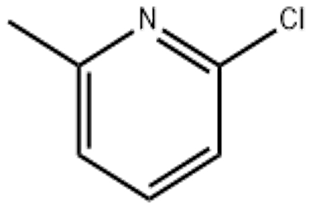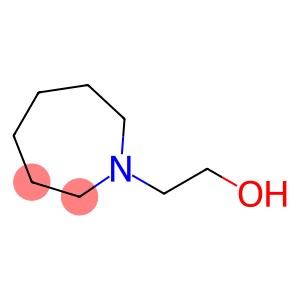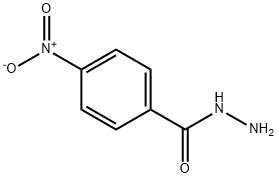4-Chloro-2-fluorobenzoic acid(CAS# 446-30-0)
Risk and Safety
| Risk Codes | R36/37/38 – Irritating to eyes, respiratory system and skin. R22 – Harmful if swallowed |
| Safety Description | S26 – In case of contact with eyes, rinse immediately with plenty of water and seek medical advice. S36 – Wear suitable protective clothing. S37/39 – Wear suitable gloves and eye/face protection |
| WGK Germany | 3 |
| HS Code | 29163990 |
| Hazard Class | IRRITANT |
446-30-0 - Reference Information
| Application | 4-chloro-2-fluoro-benzoic acid is an important intermediate in organic synthesis and medicine, it is widely used in fungicides, ATX inhibitors, NHE3 inhibitors and NMDA receptor antagonists. |
| Chemical properties | white or off-white crystals. Melting point 206-210 °c. |
| Application | used as pesticide and pharmaceutical intermediate |
Brief introduction
4-Chloro-2-fluorobenzoic acid is an organic compound. The following is an introduction to its properties, uses, manufacturing methods and safety information:
Quality:
4-Chloro-2-fluorobenzoic acid is a solid crystal, commonly colorless or yellowish crystals. It is non-volatile at room temperature. It has an aromatic flavor and can be dissolved in organic solvents such as methanol, ethanol, methylene chloride, etc.
Use:
4-Chloro-2-fluorobenzoic acid has a wide range of applications in the chemical industry. It is often used as a starting material or intermediate in organic synthesis. It can also be used as a feedstock for catalysts and electronic materials.
Method:
4-Chloro-2-fluorobenzoic acid can be obtained by chlorination of p-fluorobenzoic acid. In general, hydrogen chloride or chlorous acid can be reacted with thionyl chloride or sulfinyl chloride under acidic conditions, followed by a reaction with hydrogen fluoride to obtain 4-chloro-2-fluorobenzoic acid.
Safety Information:
The following safety precautions should be taken when handling 4-chloro-2-fluorobenzoic acid: avoid contact with skin and eyes, and pay attention to protective measures such as wearing protective glasses and gloves. It should be performed in a well-ventilated area to prevent inhalation or swallowing. Avoid contact with combustibles and keep away from open flames or high temperatures. It must be sealed tightly when in use or stored and away from acids, bases, and oxidants. In the event of a leak, appropriate emergency measures should be taken, such as absorbing the liquid with a desiccant or cleaning it with an appropriate chemical adsorbent.


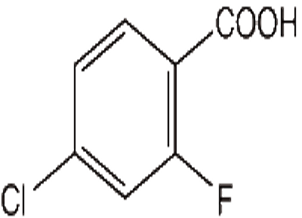

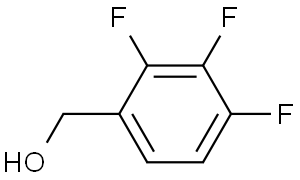
![1H-pyrrolo[2,3-b]pyridine-4-carbonitrile(CAS#344327-11-3)](https://www.xinchem.com/uploads/carbonitrile.png)
